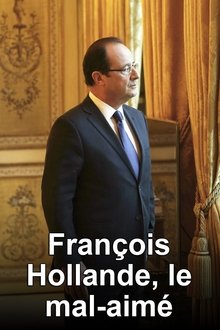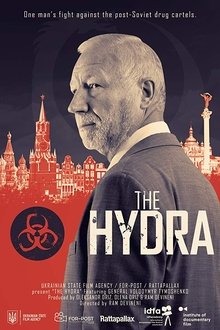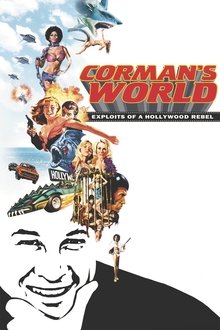Three months of revolution. From indignant protest to national unity. From pots on their heads to batons and body armor. From the euphoria of victory to the mourning of the fallen Heavenly Hundred. Revolution as an explosion of revived dignity, as the euphoria of freedom, as the pain of awareness at the cost, as the birth of the modern history of Ukraine. This year we have decided not to have an opening film, because all our attention is focused on the changes taking place in our country today. We have asked the directors who filmed the Ukrainian protests to share their best shots with us. The episodes of these upcoming films about the Euromaidan were formed in a kaleidoscope of revolution, which needs no comment. We offer you a chronicle of the Ukrainian protest. Experience the three months of fighting with us, feel and see the revolution through our eyes.
Related Movies
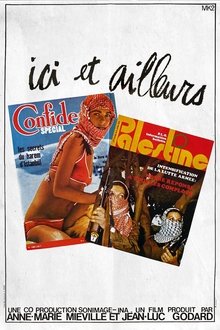
Here and Elsewhere (1976)
Here and Elsewhere takes its name from the contrasting footage it shows of the fedayeen and of a French family watching television at home. Originally shot by the Dziga Vertov Group as a film on Palestinian freedom fighters, Godard later reworked the material alongside Anne-Marie Miéville.

Hell Jumper (2024)
Courage, love and loss. Young people risk their lives with self-funded missions to rescue families in Ukraine’s frontline towns. Told through their own words and unique first-person footage.

Art as a Weapon (2014)
Street art, creativity and revolution collide in this beautifully shot film about art’s ability to create change. The story opens on the politically charged Thailand/Burma border at the first school teaching street art as a form of non-violent struggle. The film follows two young girls (Romi & Yi-Yi) who have escaped 50 years of civil war in Burma to pursue an arts education in Thailand. Under the threat of imprisonment and torture, the girls use spray paint and stencils to create images in public spaces to let people know the truth behind Burma's transition toward "artificial democracy." Eighty-two hundred miles away, artist Shepard Fairey is painting a 30’ mural of a Burmese monk for the same reasons and in support of the students' struggle in Burma. As these stories are inter-cut, the film connects these seemingly unrelated characters around the concept of using art as a weapon for change.

Nobody (2017)
Half blind and half deaf, ostraziced Cuban writer Rafael Alcides tries to finish his unpublished novels to discover that after several decades, the home made ink from the typewriter he used to write them has faded. The Cuban revolution as a love story and eventual deception is seen through the eyes of a man who is living an inner exile.
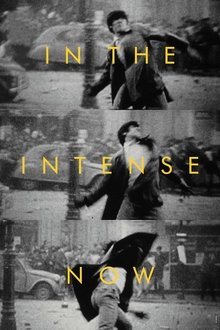
In the Intense Now (2017)
A personal essay which analyses and compares images of the political upheavals of the 1960s. From the military coup in Brazil to China's Cultural Revolution, from the student uprisings in Paris to the end of the Prague Spring.
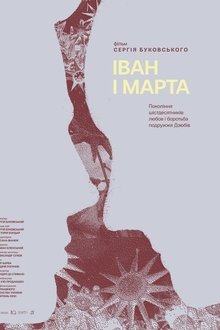
Ivan and Marta (2023)
Ivan Dziuba - literary critic, public figure, academician of the National Academy of Science of Ukraine - belongs to the "sixties". He fully takes care of all the miscalculations and unfulfilled promises of his generation. Reflects on why the illusions were lost and why so few dreams came true ... Let's see and listen to him with his wife Martha, a Lviv woman who was his guardian angel. Together - all life. Exactly as they are, the right is the definition - the conscience of the nation.

Zelenskyy: The Man Who Took on Putin (2022)
The rise of the comedian, actor and entertainer who became the improbable wartime leader. Exploring the man behind the series of game changing social media and TV appearances which have encapsulated the defiant response of a nation.

Soldiers of Song (2024)
Ukrainian musicians of all genres, from metal to opera, transform their passion for music into devotion to their country in this moving documentary. Beginning on the very first day of the Russian invasion, Soldiers of Song documents how the lives of its cast of Ukrainian musicians have irrevocably changed and how they use their musical talents to support themselves and their communities. Using shocking footage from the frontlines, this film reminds us not only of the ongoing tragedies that continue to happen during this war, but also of the resilience of Ukraine and its cultural forces. Here music functions not only to lift the spirits of the soldiers, but also as a cultural export to raise awareness of the war, a tool for raising humanitarian and military funds, and a valuable cultural artifact for everyday Ukrainians to rally around and protect. The musician’s commitment to their craft reminds us of the real power art has and the impact of beauty under catastrophic circumstances.
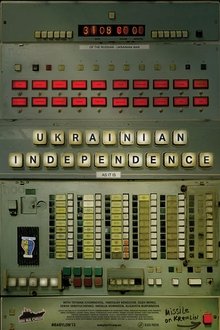
Ukrainian Independence (2023)
The film’s events take place on a single day: August 24, 2022, the day Ukraine celebrates the 31st anniversary of the renewal of independent statehood. The film combines places and people that best capture the country’s wartime spirit. The locations are: the relatively safe cities of Kyiv and Lviv; the cities under daily missile fire of Kharkiv and Mykolaiv; a trench at the frontlines near Donetsk; and the beaches of Odesa. The film presents a day in the life of a beach police patrol, a woman anti-tank missile operator, a water delivery driver, a mortar unit soldier, a rapid assault unit soldier, a 14-year-old pub janitor, an artist and a former member of parliament. Together, these people and places create an engaging mosaic of a day in the life of Ukraine.
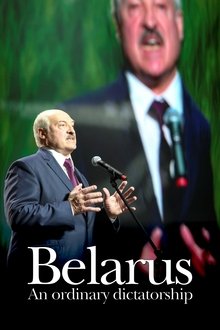
Belarus: An Ordinary Dictatorship (2018)
It’s the last dictatorship of Europe, caught in a Soviet time-warp, where the secret police is still called the KGB and the president rules by fear. Disappearances, political assassinations, waves of repression and mass arrests are all regular occurances. But while half of Belarus moves closer to Russia, the other half is trying to resist…

Treasure Under the Bridge: Pilgrimage to the Hasidic Masters of Ukraine (2015)
Conservative Rabbi Marc Soloway invites us on his personal journey to modern day Ukraine to visit the graves of the Hasidic Masters as he tries to establish a connection with the famous names that have so long occupied a place in his imagination.
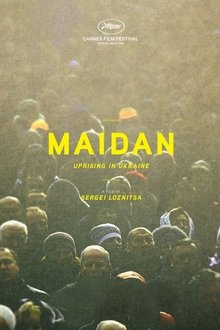
Maidan (2014)
A chronicle of the civil uprising against the regime of Ukrainian president Viktor Yanukovych that took place in Kyiv in the winter of 2013/14. The film follows the progress of the revolution: from peaceful rallies, half a million strong in the Maidan square, to the bloody street battles between protesters and riot police.
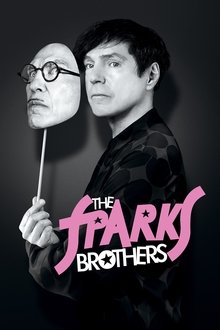
The Sparks Brothers (2021)
Take a musical odyssey through five weird and wonderful decades with brothers Ron & Russell Mael, celebrating the inspiring legacy of Sparks: your favorite band’s favorite band.
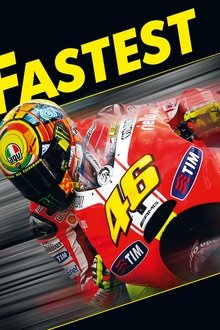
Fastest (2011)
What does it take to be the fastest? From award-winning filmmaker Mark Neale, comes Fastest, a spectacular maximum-speed, full-length documentary delving deep into the world of MotoGP™. This thrilling documentary, narrated by Ewan McGregor, highlights the thrills, spills and incredible commitment and courage the sport demands of it stars. With unprecedented behind-the-scenes access and never before seen angles, interviews and insight, this truly cinematic experience charts the exhilarating highs, crushing lows, career-threatening crashes and spectacular comebacks, including Rossi’s 41 days turn around to race following a leg shattering crash.
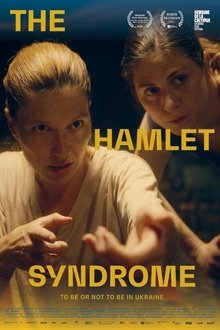
The Hamlet Syndrome (2022)
Five young Ukrainians discuss life following the Maidan Revolution of 2014. Not all fought in the Russian-Ukrainian war, but it, regardless, shattered their life plans. Representing 'Generation Maidan', they face the question of how to cope with experiences of violence, how to go on. A local theatre director produces Hamlet, wherein they can use Shakespeare’s tragic character as a mirror and face their traumas onstage. For them, 'to be or not to be' is not simply text but an existential dilemma with no clear answer.
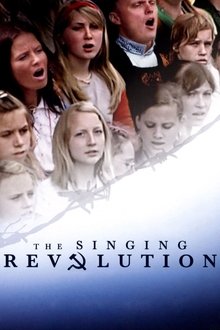
The Singing Revolution (2006)
Most people don't think about singing when they think about revolutions. But song was the weapon of choice when, between 1986 and 1991, Estonians sought to free themselves from decades of Soviet occupation. During those years, hundreds of thousands gathered in public to sing forbidden patriotic songs and to rally for independence. "The young people, without any political party, and without any politicians, just came together ... not only tens of thousands but hundreds of thousands ... to gather and to sing and to give this nation a new spirit," remarks Mart Laar, a Singing Revolution leader featured in the film and the first post-Soviet Prime Minister of Estonia. "This was the idea of the Singing Revolution." James Tusty and Maureen Castle Tusty's "The Singing Revolution" tells the moving story of how the Estonian people peacefully regained their freedom--and helped topple an empire along the way.

